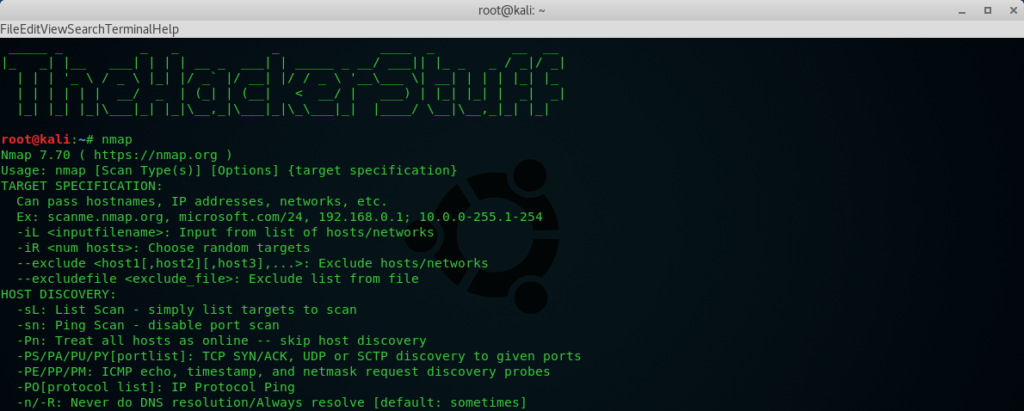FAQ:
Enum4linux is a tool for enumerating information from Windows and Samba systems. It attempts to offer similar functionality to enum.exe formerly available from www.bindview.com. It is written in Perl and is basically a wrapper around the Samba tools smbclient, rpclient, net and nmblookup. The tool usage can be found below followed by examples.

To install Kali Linux on Mac M1, first of all, you need to download and install the Parallels Desktop application on your Mac. The Parallels Desktop development team has been working tremendously to bring the Parallels Desktop on Mac M1 since Apple has officially launched Mac Air, Mac Pro, and Mac Mini with M1 chip. Most of the tools that I mentioned above are available for Linux, Windows, Mac OS X and you can install some tools in Android Termux also. But I will recommend using these tools on Kali Linux for best practice and for maximum output.
Credits:

Kali Linux Tools For Macos 7
UTM (https://github.com/utmapp/UTM)

Resources:
| Name | Download |
|---|---|
| UTM | (https://github.com/utmapp/UTM/releases) |
| Kali Linux amd64 | https://www.kali.org/downloads/ |
Kali Linux Tools For Macos Sierra
- After installing it, open it and create a new VM Machine:
- Change the Name to Kali Linux
- Change the Style to Operating System
- And you can choose as icon the kali linux one
- Go to the System Tab and choose the following Options:
- Archictecture = x86_64
- System = Standard PC (i440FX + PIIX, 1996)
- 4GB RAM
Now we are going to the “Drives” Tab. We create a new Drive, in order to install Kali Linux on it. For this choose New Drive and as interface VirtlO.
After this we need to import a drive (in our case, we choose the kali-linux iso that we previous downloaded).
After adding it, go sort the iso as first boot (up-down arrows under Interface) like in this picture
And that’s all, go boot the system and you can install it ;).

Kali Linux Tools For Macos Update

If you don’t know how to install kali linux, check this link out:https://www.kali.org/docs/installation/hard-disk-install/